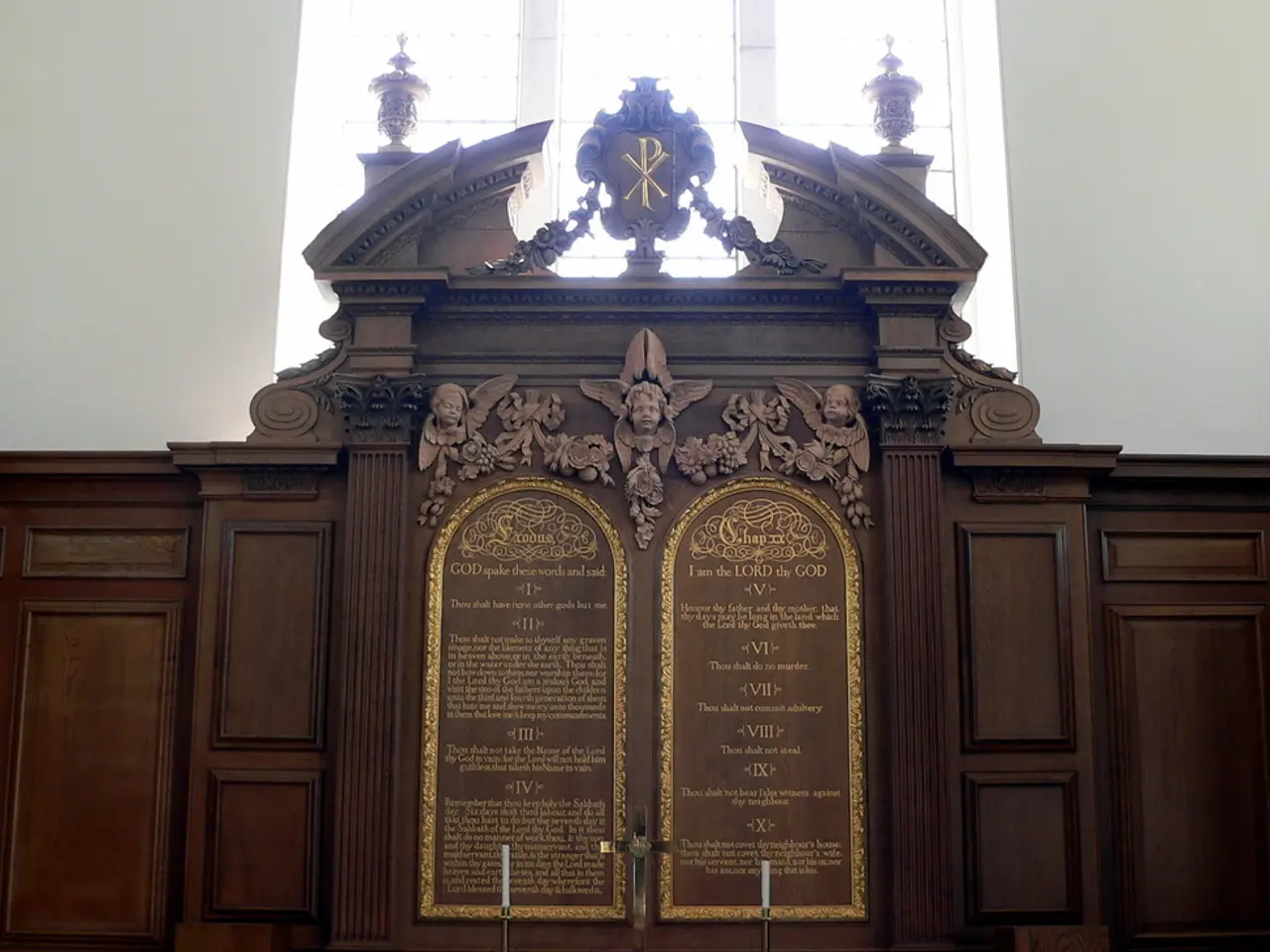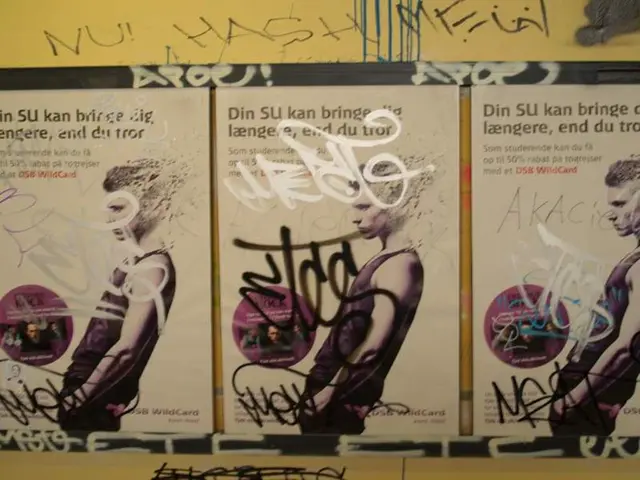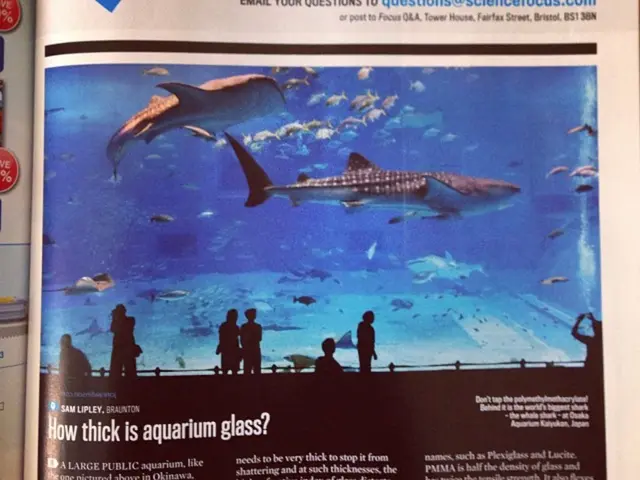Museums in Saxony scrutinize their collections for hidden Nazi artifacts
In a series of discoveries, museums across Saxony, Germany, have been unearthing hidden stories from the past, as part of the joint project "Art, Theft, Return - Forgotten Life Stories." Funded by third-party funds, this initiative is a collaboration between the SKD and the Staatliche Museen zu Berlin.
One such discovery was made at the Museum Burg Mylau, where two fragments of Hebrew writings, suspected to have been looted from Jewish communities in Eastern Europe, were found. A soldier of the Wehrmacht had delivered the writings to the museum in 1943.
The Neuberin-Museum, on the other hand, found no credible indications of objects removed between 1933 and 1945 due to persecution. The provenance research team of the Saxon State Art Collections (SKD) supported and accompanied museums in conducting these initial checks. The German Center for Lost Cultural Property is funding these initial projects across Germany.
The City and Steam Engine Museum Werdau identified an object related to the persecuted Jewish Ringer family. Historian Mike Huth investigated the Heimatmuseum Wilsdruff, Stadtische Museen Großenhain / Alte Lateinschule, and the Stadtmuseum Döbeln from October 2023 to February 2024.
The Ringer family's department store on the market square in Werdau was attacked and destroyed during the November pogroms in 1938. The store's sign, a remaining trace of the family, was given to the museum in 1966 by a Werdau citizen.
The story of the Ringer family is unique and poignant. Family members of the Ringer family were later deported and murdered by the Nazi state. The city of Werdau aims for a fair and just solution in accordance with the Washington Principles regarding the Ringer family's artifact.
Historian Jens Kunze and museum director Markus Döscher have established contact with the family's descendants. A stumbling block will be laid in memory of the Ringer family in Werdau on August 13, 2025, with descendants of the family participating in the commemorative event.
From September 2024 to January 2025, the Museum Burg Mylau, the Neuberin-Museum in Reichenbach, and the Stadt- und Dampfmaschinenmuseum Werdau reviewed their collections. External provenance researchers are reviewing inventories, sources, and acquisitions from 1933 onwards.
The research findings and the store's sign will be displayed together in the special exhibition "80 Years Ago. End of the War in Werdau and Surroundings" from 9.2.-15.6.2025 at the Stadt- und Dampfmaschinenmuseum Werdau. This exhibition will provide a powerful reminder of the past and the importance of uncovering hidden stories.
Since late 2023, initial checks for suspected Nazi-looted art have been conducted on six non-state museums in Saxony. A follow-up research project and the inclusion of the writing fragments in the Lost Art database of the German Center for Lost Cultural Property are planned.
These discoveries serve as a reminder of the past and the importance of uncovering hidden stories. They also highlight the ongoing efforts to address the consequences of the Nazi era and to ensure that justice is served for those who suffered.
Read also:
- Impact of Alcohol on the Human Body: Nine Aspects of Health Alteration Due to Alcohol Consumption
- Understanding the Concept of Obesity
- Lu Shiow-yen's Challenging Position as Chair of the Chinese Nationalist Party (KMT) Under Scrutiny in Donovan's Analysis
- Tough choices on August 13, 2025 for those born under Aquarius? Consider the advantages and disadvantages to gain guidance








